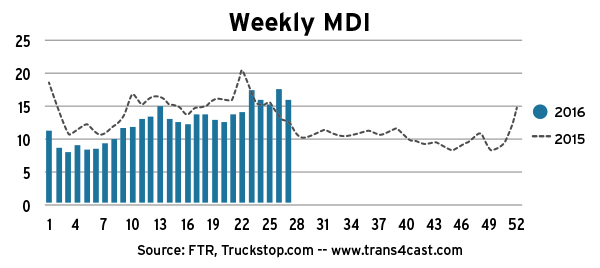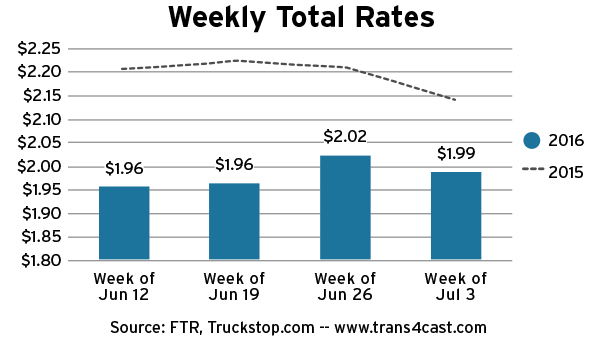Big Data: Breaking Down Key Information and Putting It to Work
Just mention the word data today and most people will envision something akin to a spinning galaxy full of ones and zeroes that is beyond comprehension.
But data doesn’t have to be that way. Big data isn’t this giant nebulous of information that only analytical geniuses can understand. Rather, big data is everywhere and when we break it down to the smaller levels, we start to find new types of data that is usable for everyone and that can benefit our customers and build a stronger advantage competitively.
In the trucking industry today, virtually everything is trackable and translates into data. Freight and truck tracking, credit scores, fuel prices, insurance certificates, pricing, service levels—these are just a few examples of areas that are tracked and monitored every day. The key to using big data is to understand what story the data is telling and determine what parts of that story are relevant to you and your organization.
For example, let’s look at the spot market. From data gathered by Truckstop.com, we can monitor available capacity, available freight, posted and paid rates, and overall freight movement down to the lane and equipment type. In fact, we can determine where capacity will be tomorrow or next week based on this data. The data also provides us with a look at the pressure in the spot market. This pressure is expressed in the MDI (Market Demand Index). As the MDI rises, capacity is getting tighter and the market proves to be in favor of the carrier. As the MDI drops, the capacity loosens and the market proves to be in favor of the broker.
So what does this all mean? What story is the spot market data telling us? Spot market transactions make up nearly one third of all truckload transactions. The spot market also moves a little quicker than the contract market. The spot market proves to be a good indicator for the pulse of the entire market. Add in some benchmarking of your own internal metrics and you have a better understanding of where the market was, where it is, and where it is going. This gives you the ability to make quicker decisions when tendering loads, negotiating rates and even onboarding carriers.
In 2013, strategist David McJannet described big data as “building new analytic applications based on new types of data, in order to better serve your customers and drive a better competitive advantage.” In five years, he said, the description of big data will fit efforts that look nothing like data as we know it today. Even if it is referred to by a different name, he said, the definition of big data will still fit.
In essence, the data is there. Big data is broken down into smaller bits and those bits can be used by companies to structure data and use it in the best way possible to benefit their operations. Understanding data doesn’t necessarily call for top analysts or world-class physicists to figure out and understand the information presented. Yes, it takes a little bit of work to understand the data and to put that data into action, but data isn’t going away. Data, as with technology, continues to evolve. In five years, the data may tell us a different story of the industry. Will we rely more or less on data’s story? You decide.



